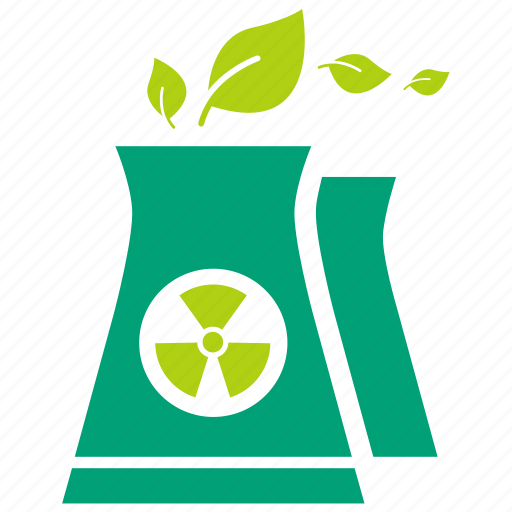The landlocked African country’s Ministry of Energy and Natural Resources has marked the launch of an initiative to achieve sustainable development by harnessing the power of nuclear technology in areas such as agriculture, health and energy planning.
The Country Programme Framework (CPF), developed with the support of the International Atomic Energy Agency (IAEA), is a strategic document that outlines Eswatini’s priorities for 2024-2029, with a particular focus on the application of nuclear technology for social and economic development through the effective integration of nuclear technology into the country’s existing development plans and initiatives.
Launching the CPF earlier this month, Eswatini Minister of Natural Resources and Energy Prince Lonkhokhela Dlamini said it aligns closely with the country’s National Development Plan and the United Nations Sustainable Development Cooperation Framework, focusing on five key areas where nuclear technology can be leveraged to support national priorities. These are: nuclear and radiation safety; enhancing food security; improving healthcare services; optimising water resources; and energy planning, to support the development of an integrated energy strategy that utilises nuclear energy as a viable and sustainable energy source.
“The CPF provides a roadmap for the application of nuclear technology in a way that supports our national priorities and contributes to the social and economic development of our country. We are excited to work with the IAEA to bring these priorities to fruition,” the minister said.
“These priority areas represent the key sectors where we believe nuclear technology can contribute to our development goals and build a stronger, more resilient Eswatini.”
According to the IAEA, a CPF is the frame of reference for the medium-term planning of technical cooperation between a Member State and the IAEA, and identifies priority areas where the transfer of nuclear technology and technical cooperation resources will be directed to support national development goals. The CPF was signed earlier this year.
The Kingdom of Eswatini - formerly known as Swaziland - has been an IAEA Member State since 2016. According to data from the International Energy Agency, the country’s largest source of domestic electricity generation is hydro, which accounted for just over half of the country’s total generation in 2021. Eswatini relies heavily on imports of electricity from its neighbour, South Africa.

